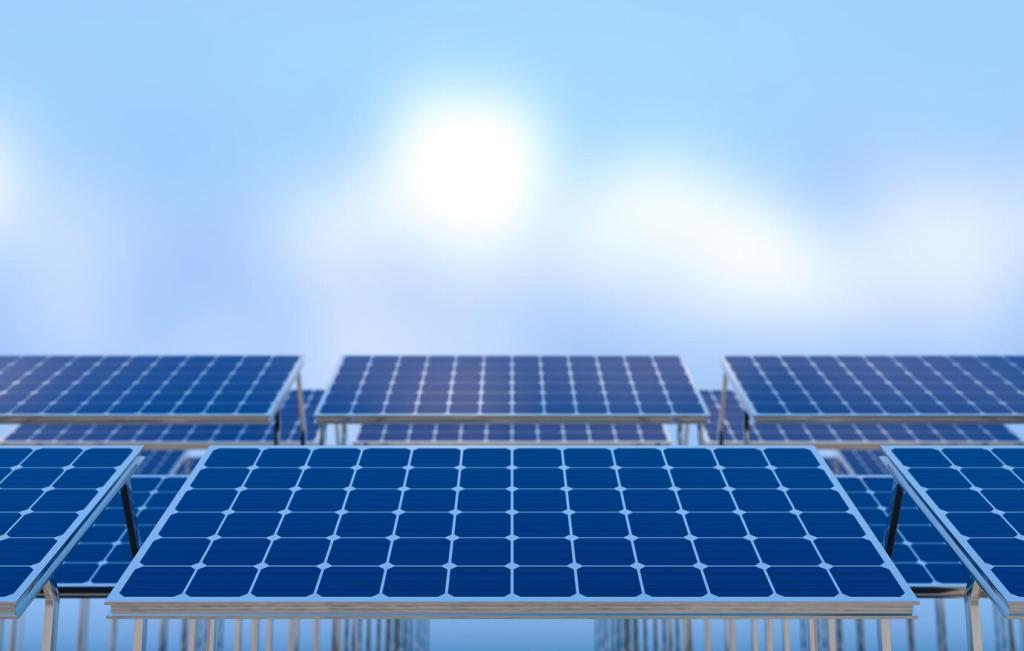Smart Technology Integration in Sustainable Architecture
The integration of smart technology into sustainable architecture marks a significant evolution in the way our built environments are designed, constructed, and operated. This approach not only improves energy efficiency and reduces environmental impact but also enhances occupant comfort, safety, and convenience. By merging intelligent systems with green building principles, architects and developers are shaping structures that adapt dynamically to their surroundings and user needs. This synergy positions smart technology as a cornerstone of future-focused, sustainable urban development.

Intelligent Building Management Systems
Automated Energy Optimization
Automated energy optimization within a smart BMS utilizes machine learning algorithms and connected sensors to monitor, analyze, and control energy consumption throughout the building. These systems dynamically adjust lighting, HVAC, and other energy-intensive components according to occupancy patterns, weather forecasts, and energy tariffs. The result is a finely-tuned balance between comfort and efficiency. Automated energy platforms can also integrate renewable sources, maximizing their utilization and reducing dependence on traditional grids, ultimately leading to significant reductions in both carbon footprint and operational expenses.
Intelligent Lighting Control
With intelligent lighting control systems, buildings achieve greater sustainability by minimizing unnecessary energy usage and enhancing occupant comfort. These systems utilize occupancy sensors, daylight harvesting, and adaptive scheduling to ensure optimal illumination at all times. By automatically dimming or switching off lights in unoccupied areas and responding to changing natural light levels, they not only conserve energy but also extend lamp life. Smart lighting also enables personalized control, allowing users to adjust settings for various tasks, thereby supporting productivity and overall well-being within the built environment.
Integrated Safety and Security Management
Smart technology within sustainable architecture seamlessly incorporates safety and security features into holistic building management. Sensors, cameras, and access controls are networked and analyzed by intelligent software to enhance protection while minimizing energy usage. Emergency systems can automatically activate ventilation, lighting, and guidance based on real-time data in case of incidents, ensuring swift, energy-efficient responses to emergencies. Such integrated solutions provide peace of mind and resilience without imposing a heavy environmental or energy burden on the facility.
Enhancing Environmental Performance
Water Conservation Technologies
Integrated water conservation technologies use real-time monitoring and data analytics to identify usage trends, leaks, and opportunities for recycling within a building. Smart meters and automated valves enable precise control over water distribution, while greywater systems and rainwater harvesting are closely monitored for optimal operation. Such technologies ensure that water resources are used efficiently, minimizing waste and supporting sustainable urban water cycles. By empowering proactive water management, smart solutions contribute to both cost savings and environmental stewardship in the built environment.
Real-Time Air Quality Monitoring
Ensuring high indoor air quality is essential for occupant health and well-being, and smart buildings use real-time monitoring to achieve this. Networked air quality sensors continually track levels of pollutants, particulates, and humidity, feeding data into the building management system. This enables automatic adjustment of ventilation rates and air purification technologies, matching environmental conditions to optimal comfort and safety standards. As a result, occupants enjoy a healthier indoor environment, and building managers can address issues such as poor air circulation or excess moisture before they become problematic.
Adaptive Façade Systems
Adaptive façade systems exemplify the integration of smart technology in controlling a building’s interaction with its external environment. Using sensors and actuators, these façades can adjust shading, insulation, and natural ventilation in response to real-time weather conditions and sunlight intensity. By dynamically modulating heat gain and loss, adaptive systems reduce the need for mechanical heating and cooling, thus contributing to lower energy consumption. This technological innovation not only improves energy efficiency but also enhances occupant comfort and connects building design seamlessly with the local climate.
Human-Centric Design and Wellness
Personalized Environmental Controls
Personalized environmental controls enable occupants to fine-tune lighting, temperature, and airflow within their immediate areas, often through smartphones or voice-activated devices. This empowers individuals to tailor their environment for comfort and productivity without impacting the overall energy efficiency of the building. Behind the scenes, smart systems ensure that changes remain within sustainable parameters, balancing individual preferences with organizational sustainability targets. Such user-centric solutions are proving integral to occupant satisfaction and can reduce complaints while fostering a sense of ownership over workplace wellness.
Smart Acoustic Design
Acoustic comfort is an often-overlooked aspect of sustainability, particularly in open-plan offices and mixed-use buildings. Smart acoustic design uses sensors and adaptive soundscaping technology to measure ambient noise and adjust sound masking or absorption systems automatically. These innovations help minimize distractions, support concentration, and promote mental well-being. By integrating acoustic management into the broader smart building system, architects can ensure that comfort is maintained alongside environmental performance, reducing the need for energy-intensive solutions like additional partitions or isolated spaces.
Biophilic Integration via Technology
The concept of biophilic design—bringing natural elements into the built environment—has evolved with smart technology. Automated irrigation systems, intelligent lighting that mimics circadian rhythms, and environmental simulations foster a stronger connection between occupants and nature. These technologies maintain green walls, indoor gardens, and dynamic landscape features with minimal resource use. The result is a healthier, more inspiring environment that positively affects mood and cognitive function, while ensuring that biodiversity and resource use are effectively managed within the architectural context.
